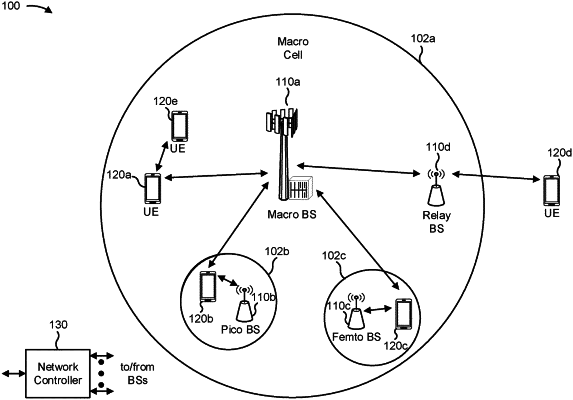| CPC H04W 36/0022 (2013.01) [H04W 76/18 (2018.02); H04W 76/34 (2018.02)] | 30 Claims |

|
1. A method of wireless communication performed by a user equipment (UE), comprising:
receiving, while the UE is in an active session using a first radio access technology (RAT) associated with a first subscription of the UE, a call request via the first RAT, wherein the call request is associated with a second subscription of the UE;
searching a database that stores information indicating whether one or more cells of the first RAT are associated with fallback from the first RAT to a second RAT for calls;
determining, based at least in part on searching the database, that the call request is received from a serving cell that is associated with fallback from the first RAT to the second RAT for calls; and
rejecting the call request or transitioning the second subscription to a third RAT based at least in part on the determination that the call request is received via the serving cell that is associated with fallback from the first RAT to the second RAT for calls.
|